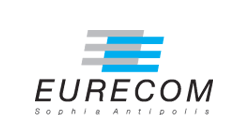Classic machine learning tasks, such as clustering and link prediction, can be applied to Knowledge Graphs making used of the so-called graph embeddings, mathematical vector representations of the nodes present within the graph structure. Often, the data structure of Knowledge Graphs in Digital Humanities is at the same time versatile and complex, challenging the machine learning tasks. In this work, we compare algorithms on two different subgraphs extracted from a large knowledge graph developed in the cultural heritage domain: one is randomly selected while the other is built to maximise the triple density. Using the European Olfactory Knowledge Graph (EOKG) as use-case, we show that embedding dense subgraph can improve the performances of state-of-art algorithms.
How to embed large but incomplete knowledge graphs in the culture heritage sector: Lessons learned from Odeuropa
Book chapter In "Frontiers in Artificial Intelligence and Applications: Handbook on Neurosymbolic AI and Knowledge Graphs", Volume 400, March 2025
Type:
Ouvrage
Date:
2025-03-19
Department:
Data Science
Eurecom Ref:
8150
Copyright:
© IOS Press. Personal use of this material is permitted. The definitive version of this paper was published in Book chapter In "Frontiers in Artificial Intelligence and Applications: Handbook on Neurosymbolic AI and Knowledge Graphs", Volume 400, March 2025 and is available at : http://dx.doi.org/10.3233/FAIA250205
See also:
PERMALINK : https://www.eurecom.fr/publication/8150



